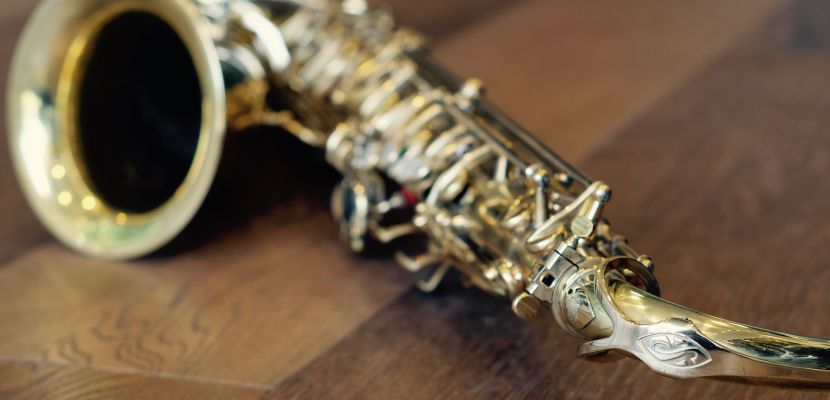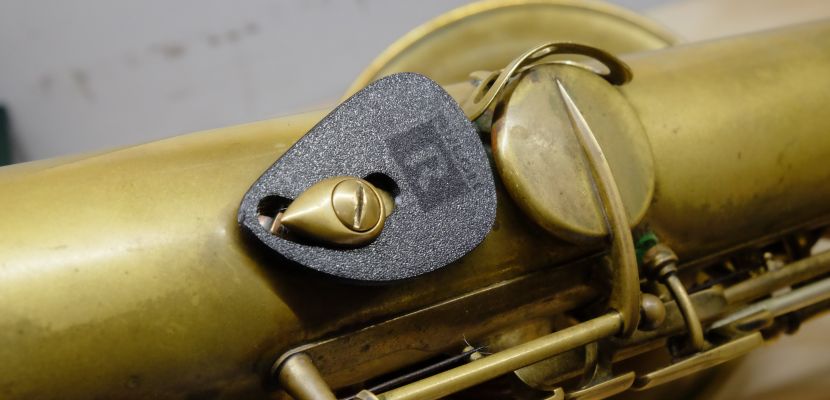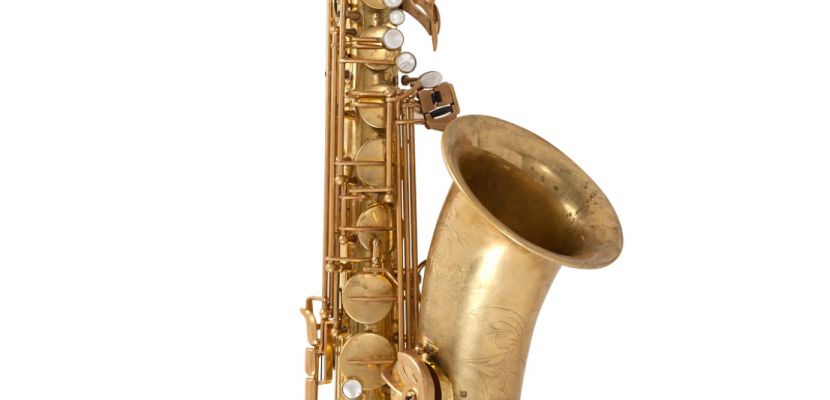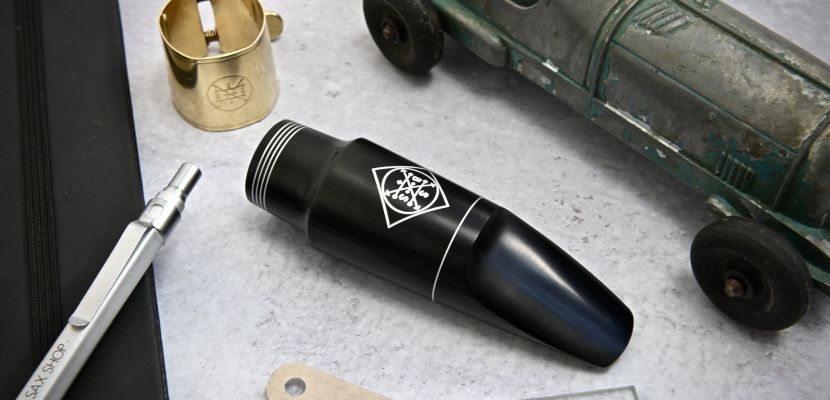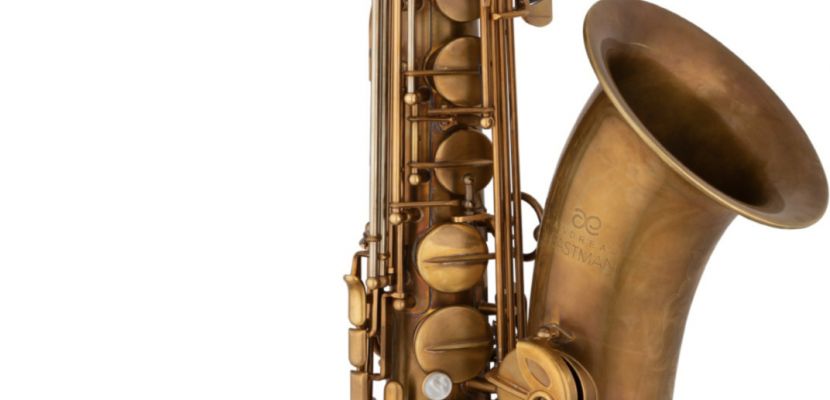For F# sake
One topic which seems to be widely disputed is the pros and cons of having a high f# key on your sax. Old school purists say it ruins the tuning, others say it doesn’t make a blind bit of difference. I’d say the majority of players I know use alternative F# fingering anyway, so what difference does it make?
Unfortunately the only way to do a fair test would be to use two saxophones exactly the same apart from one having the F#key installed, then mic them up to some science machine and make some graphs and stuff. The best I can do is two MkVI tenors built a couple of years apart one with a high F#, unfortunately one of them has no lacquer and the other has most of it’s lacquer in tact. Now it might sound like I’m just free pouring in a chemistry lab but having done a little research on both topics I would argue that the presence of a high F# key has a much higher impact on the resulting tone than how much lacquer a horn does or doesn’t have.
To operate the F# mechanism you need some extra keywork, not just any keywork but the longest piece on your horn. “Keywork Shmeework, it’s a negligible contribution to the over all weight of a sax...” well maybe, but it still weighs in at about 150g which is about the weight of a cricket ball! Have you ever weighed a sax before and after de-lacquering? No, me neither that’s borderline psychopathic but put it this way, I bet the entire Headwind stock* it’s less than 20 grams. Have you ever taken a cricket ball to the face?
So what does this extra mass mean in sound terms? Well in theory a heavier horn will be darker, and this is exactly the case with these two MkVIs. Furthermore, connecting more keywork to a horn leads to more pillars which, when soldered to the body or rib, should dampen the resonance somewhat. So as expected the lighter, more resonant MkVI has a much more focused tone which embodies more of what epitomises the much revered MkVI. Personally, I don’t struggle with the weight and I love a thick beef & gravy sounding horn so stick some more keys on I say, give me all the keys.
So the down side to the F# key is apparently tuning. Now I’m no Kenny G so my pedestrian playing might not appreciate the finer tuning qualities of a horn when playing high up in the cosmos, but I’m pretty sure my tuning is at least average to good and I can’t tell the difference, at all, whatsoever. I mean every sax is a BIT out of tune right? And, we all tune differently with different horns and adjust our embouchures accordingly. Maybe I was having to adjust in some ways, but if I did it was all dealt with subconsciously. I think what I’m getting at is if you’re finding that you have tuning issues on a specific horn and you're trying to blame it on the high F# key, address your tuning issues…..not the horn!
If you still think I’m talking nonsense and you want to lop off your F# you can contact Steve Crowe who can perform the operation, he offers a permanent but also a reversible solution in case you meet someone special one day and you want to fire off some regulation F#s again.
Like I said, the only way to test this more accurately would be to get two completely identical new horns one with F# one without and then do the science bit, (I think Yanagisawa make an off-the-menu TWO20 with no F#) but I’ve got to do my tax return, sooooo.

